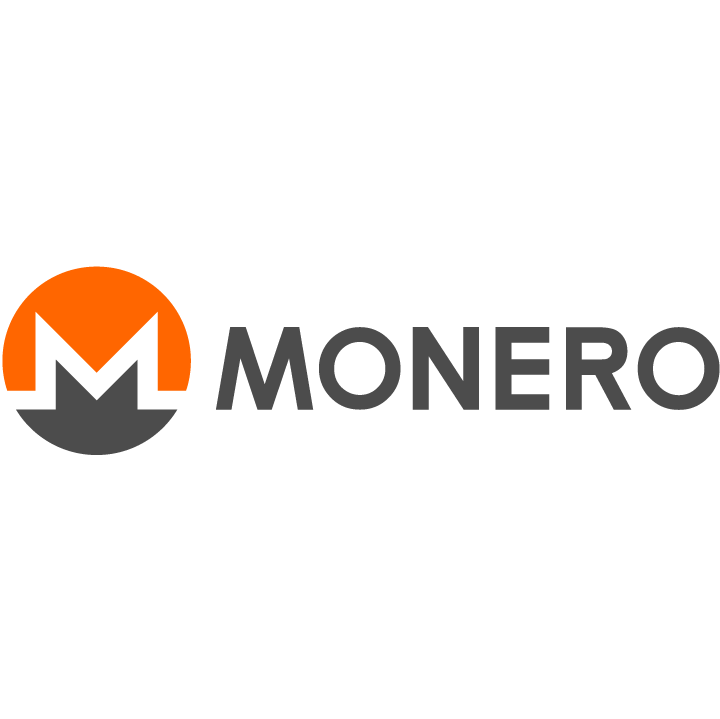How to Build Your Own XMR Mining Rig
If you are looking for a way to earn some passive income with your spare computing power, you might want to consider mining XMR, or Monero, a privacy-focused cryptocurrency that is resistant to ASICs and can be mined with CPUs and GPUs.
In this blog post, I will show you how to build your own XMR mining rig from scratch, with a budget of around $1000.
What is XMR and why mine it?
XMR is the ticker symbol for Monero, a cryptocurrency that was launched in 2014 as a fork of Bytecoin. Monero’s main feature is its privacy, which is achieved by using ring signatures, stealth addresses, and confidential transactions. These technologies make it impossible to trace the sender, receiver, or amount of any transaction on the Monero network.
Mining is the process of securing the network and validating transactions by solving complex mathematical problems. Miners are rewarded with newly created coins and transaction fees for their work. Mining also helps to increase the decentralization and security of the network.
XMR is one of the most profitable coins to mine, especially for small-scale miners, because it uses a proof-of-work algorithm called RandomX, which is designed to favor CPUs over specialized hardware like ASICs. This means that anyone with a decent CPU can mine XMR and compete with large mining farms. Moreover, XMR has a stable and growing demand due to its privacy features and its use in darknet markets.
What do you need to build an XMR mining rig?
To build an XMR mining rig, you will need the following components:
- A motherboard that supports at least 4 PCIe slots and has enough SATA ports for your storage devices.
- A CPU that has a high cache size and supports AES-NI instruction set. For example, an AMD Ryzen 5 3600 or an Intel Core i5-10400F.
- A CPU cooler that can handle the heat generated by your CPU. You can use the stock cooler that comes with your CPU or buy an aftermarket one for better performance.
- A power supply unit (PSU) that can provide enough wattage for your components. You will need at least 500W for a basic rig with 4 GPUs.
- A RAM module that matches your CPU and motherboard specifications. You will need at least 8GB of DDR4 RAM for optimal mining performance.
- A storage device that can hold your operating system and mining software. You can use a hard disk drive (HDD) or a solid state drive (SSD) depending on your preference and budget.
- A GPU that supports OpenCL and has at least 4GB of VRAM. You can use any GPU from AMD or Nvidia, but some models are more efficient than others. For example, an AMD Radeon RX 580 or an Nvidia GeForce GTX 1660 Super.
- A PCIe riser cable that connects your GPU to your motherboard. You will need one for each GPU you want to install.
- A mining frame or case that can hold your components and provide enough airflow and cooling. You can buy a pre-made one or build your own with some metal or wood materials.
- A monitor, keyboard, mouse, and internet connection for setting up and managing your rig.
How to assemble your XMR mining rig?
Once you have all the components ready, you can follow these steps to assemble your XMR mining rig:
- Install the CPU on the motherboard and attach the CPU cooler. Make sure to apply some thermal paste between the CPU and the cooler for better heat transfer.
- Install the RAM module on the motherboard and secure it with the clips.
- Install the storage device on the motherboard and connect it with a SATA cable and a power cable from the PSU.
- Install the PSU on the mining frame or case and connect it with the motherboard’s 24-pin and 8-pin power connectors.
- Install the GPU on the PCIe riser cable and connect it with a power cable from the PSU. Repeat this step for each GPU you want to install.
- Mount the motherboard on the mining frame or case and secure it with screws.
- Connect the monitor, keyboard, mouse, and internet cable to the motherboard’s ports.
- Turn on the PSU switch and press the power button on the motherboard to boot up your rig.
How to configure your XMR mining rig?
After booting up your rig, you will need to do some configuration steps to start mining XMR:
- Install an operating system of your choice on your storage device. You can use Windows or Linux depending on your preference and experience level.
- Install the latest drivers for your GPU from AMD or Nvidia’s website.
- Install a mining software that supports RandomX algorithm and XMR mining. You can use XMRig, XMR-Stak, or SRBMiner-Multi depending on your preference and experience level.
- Create a wallet address for receiving your XMR rewards. You can use an online wallet, a software wallet, or a hardware wallet depending on your preference and security level.
- Choose a mining pool that supports XMR mining and has low fees and good reputation. You can use MoneroOcean, MineXMR, or SupportXMR depending on your preference and location.
- Configure your mining software with your wallet address, mining pool address, and other settings. You can use the guides and tutorials provided by the mining software or the mining pool for more details.
- Start your mining software and monitor your rig’s performance and profitability. You can use online calculators like WhatToMine or CryptoCompare to estimate your earnings.
Congratulations! You have successfully built and configured your own XMR mining rig. Now you can sit back and enjoy the passive income from your rig.
